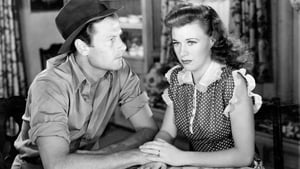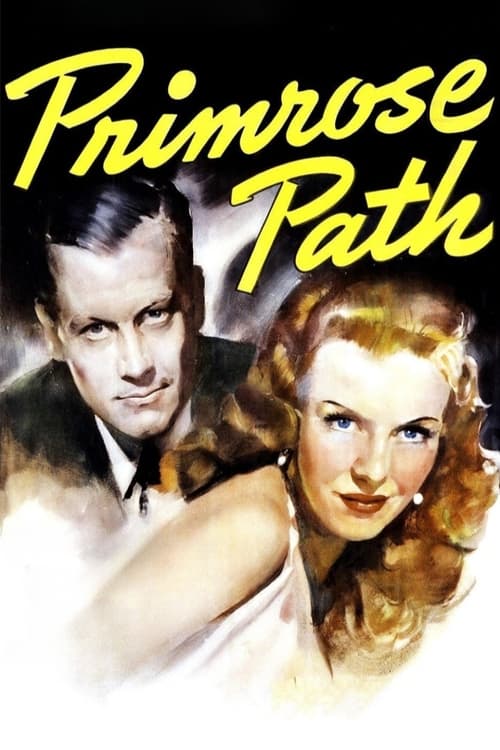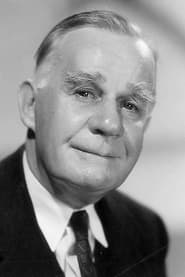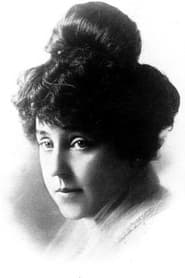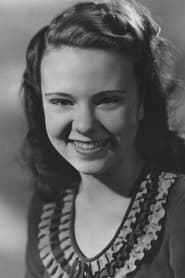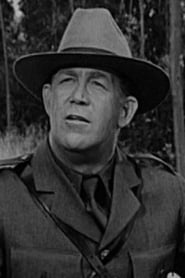Cast
View AllGinger Rogers
as Ellie May Adams
Joel McCrea
as Ed Wallace
Marjorie Rambeau
as Mamie Adams
Henry Travers
as Gramp
Miles Mander
as Homer
Queenie Vassar
as Grandma
Joan Carroll
as Honeybell
Vivienne Osborne
as Thelma
Carmen Morales
as Carmelita
Bobby Barber
as Benny (uncredited)
Louise Beavers
as Woman Talking to Police (uncredited)
Edgar Dearing
as Motorcycle Policeman (uncredited)
Jack Gargan
as Al (uncredited)
Robert Emmett Keane
as Gossip in Diner (uncredited)
Charles Lane
as Mr. Smith (uncredited)
Crew
Director
- Gregory La Cava
Producer
- Gregory La Cava
Reviews
CinemaSerf
There's some pretty good acting here. Ginger Rogers is "Ellie May" who lives in a ramshackle house with her mum, dipso father and her sister. When she meets a local blue collar gent "Ed" (Joel McCrae) they are soon smitten - the only snag is, she had omitted telling him some fairly important details from her past and when he finds out, their relationship becomes strained and compromised. The story, in itself, is really pretty straightforward - it's the performances that help it stand out a bit. Marjorie Rambeau is super as the mother, as is Miles Mander as the well meaning father and Henry Travers could never really put a foot wrong with his grand-paternal style of comforting performance. Rogers and MaCrae do their jobs, too - though nothing too spectacular as the dialogue they share is quite limiting. Still, it's a good enough tale of the benefits of telling the truth that still holds together well.
Jun 23, 2022
Thematic Analysis
As a dramatic work, Primrose Path examines complex human relationships and emotional struggles against the backdrop of a period setting that reflects societal issues of its time. The character development particularly stands out, offering viewers a chance to reflect on their own life journeys.
Director Gregory La Cava brings their distinctive visual style to this film, continuing their exploration of themes seen in their previous works while adding new elements. Their approach to character development and emotional depth creates a viewing experience that rewards close attention.
Released in 1940, the film exists within a cultural context that now offers viewers historical perspective on the social issues of that era. Its reception demonstrates the diverse reactions to its artistic choices and its place in cinema history.
Did You Know?
- The production of Primrose Path took approximately 25 months from pre-production to final cut.
- The final cut of the film runs for 93 minutes, though the director's initial assembly was reportedly 142 minutes long.
- Some visual effects sequences took up to 3 months to complete.
- The cast underwent specialized training for 6 weeks before filming began.
- The director insisted on using practical effects whenever possible, reserving CGI for only the most necessary scenes.
Historical Context
- In 1940, when this film was released:
- The civil rights movement was gaining momentum in the United States.
- Rock and roll music was revolutionizing popular culture.
- The film industry was dominated by major studios, with independent cinema still in its early development.
How This Film Stands Out
While Primrose Path shares thematic elements with other films in its genre, it distinguishes itself through its unique approach to storytelling, visual style, and character development.
Unlike 2gether: The Movie, which focuses more on action than character development, Primrose Path subverts genre expectations by exploring its themes with greater nuance.
While films like Little Siberia and King of the Ants explore similar territory, Primrose Path stands apart through its distinctive directorial vision and pacing.
This film's unique contribution to cinema lies in its thoughtful balance of entertainment value and thematic depth, making it a valuable addition to its genre.
Details
- Release Date: March 22, 1940
- Runtime: 1h 33m
